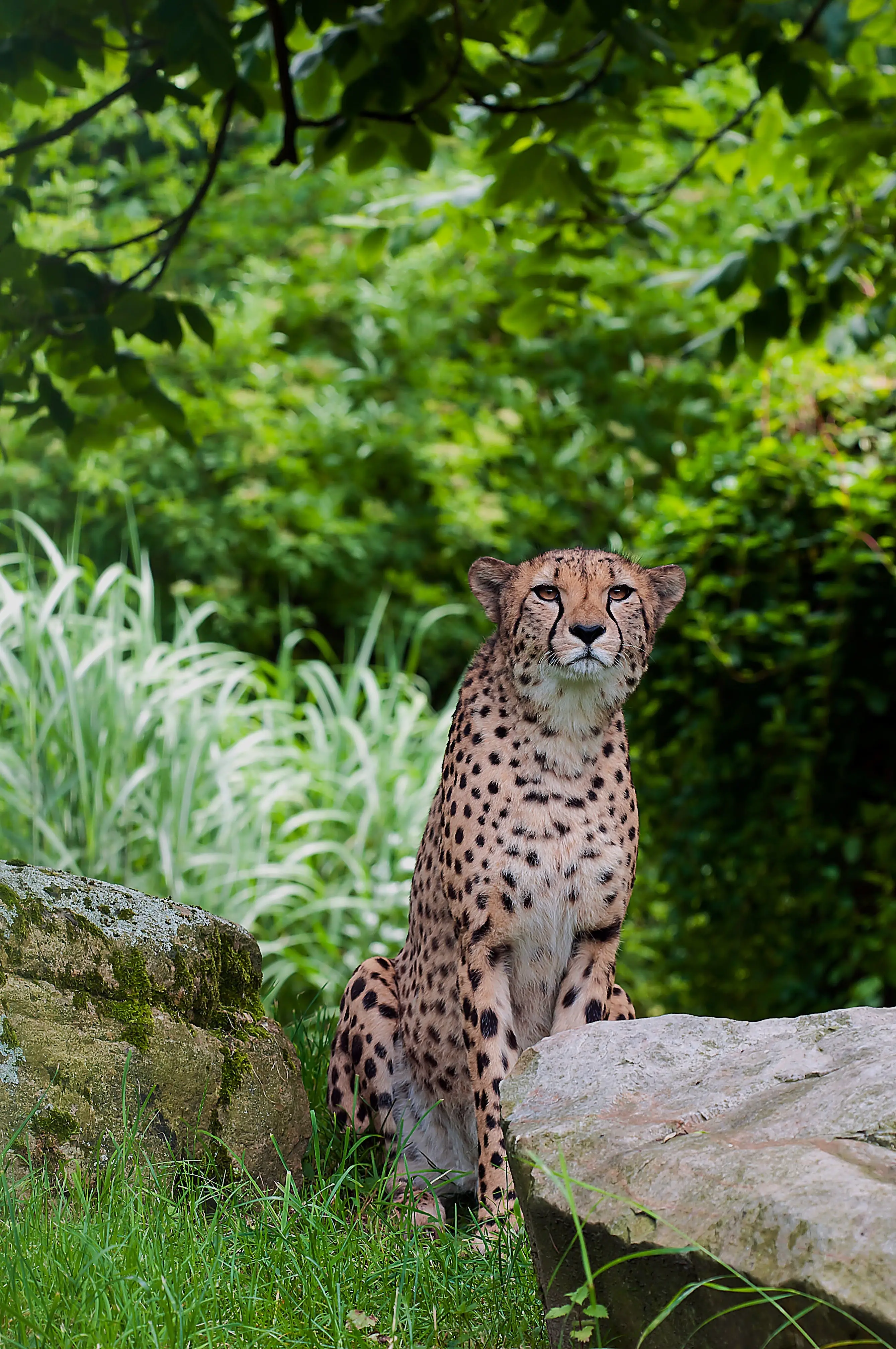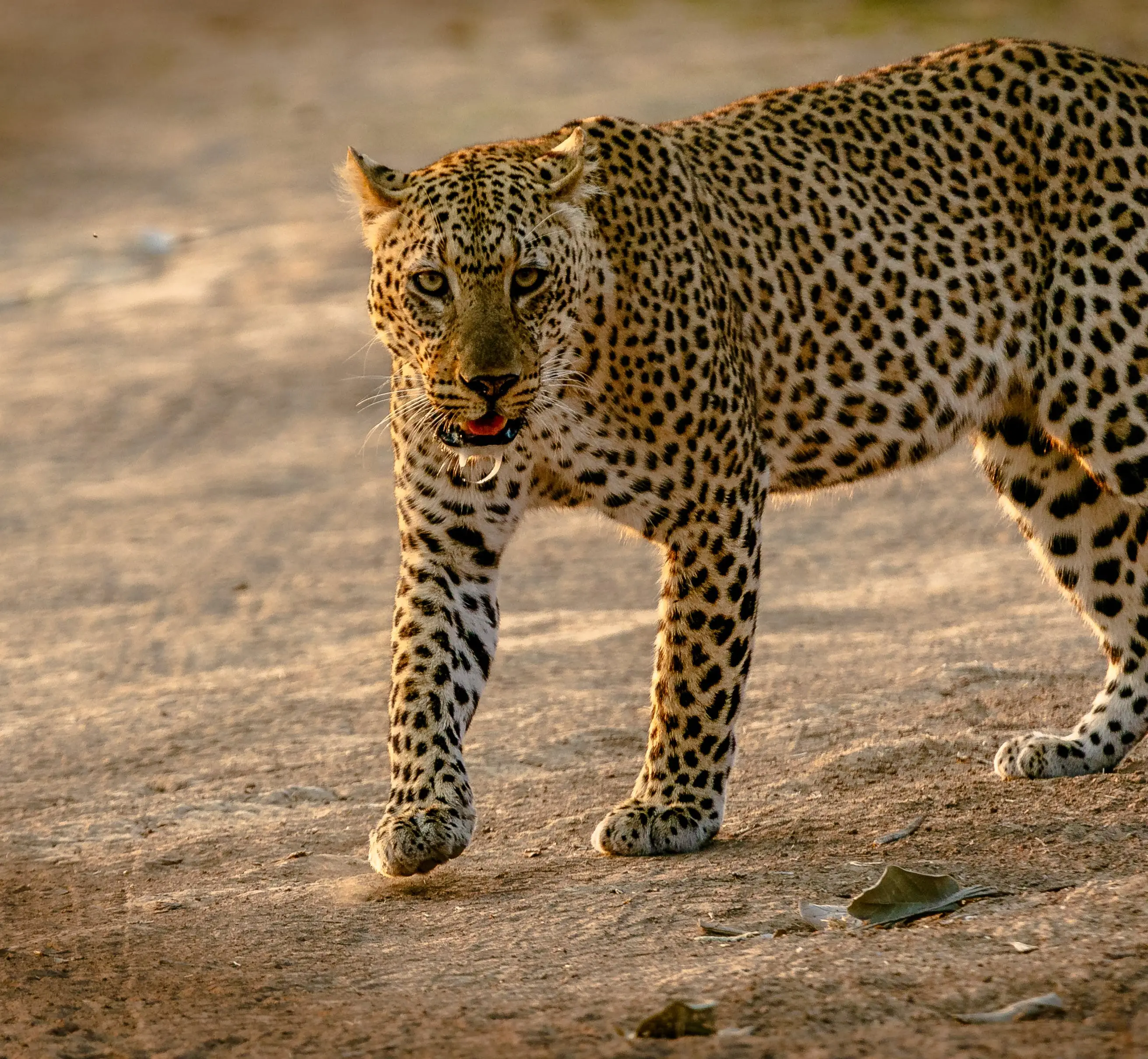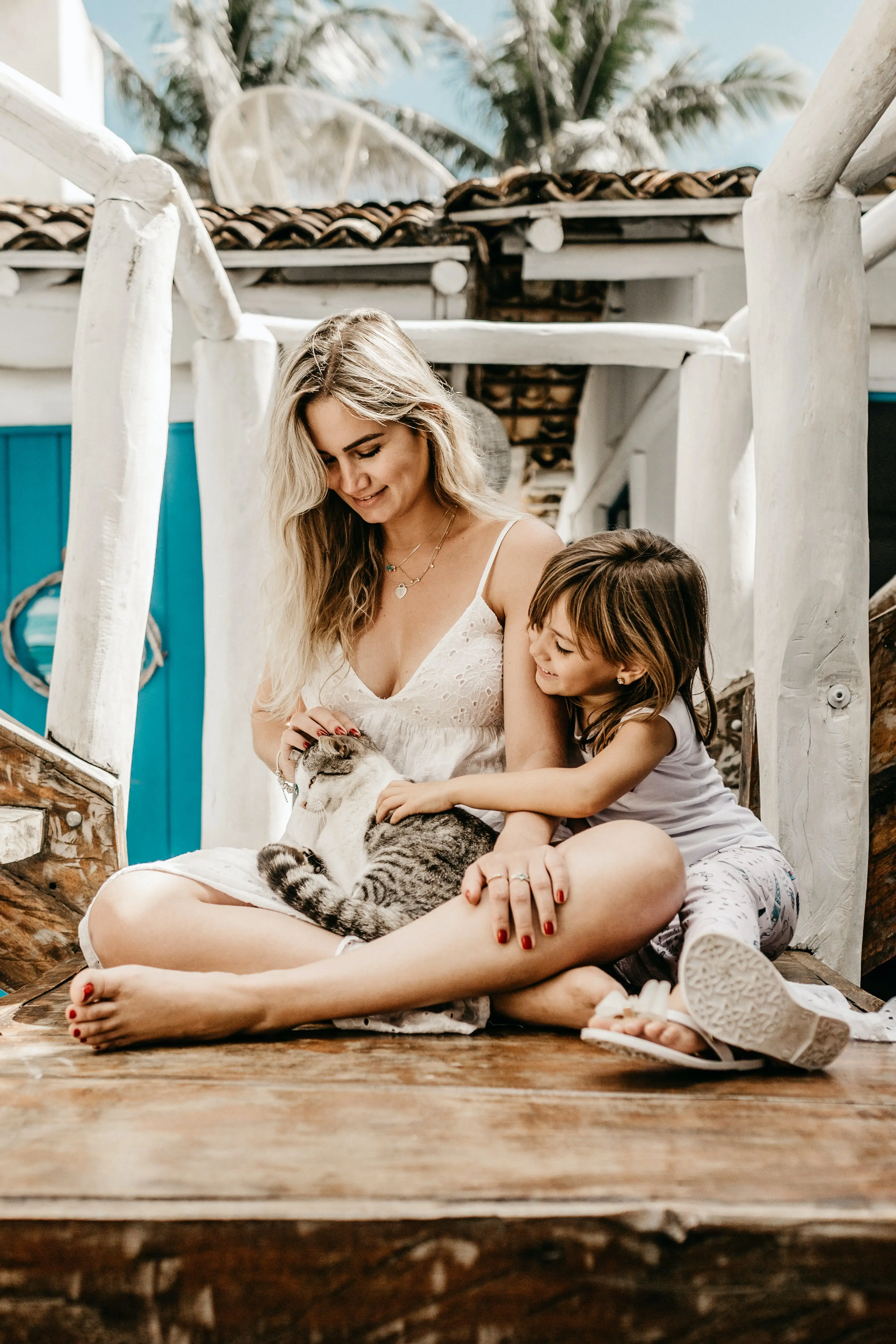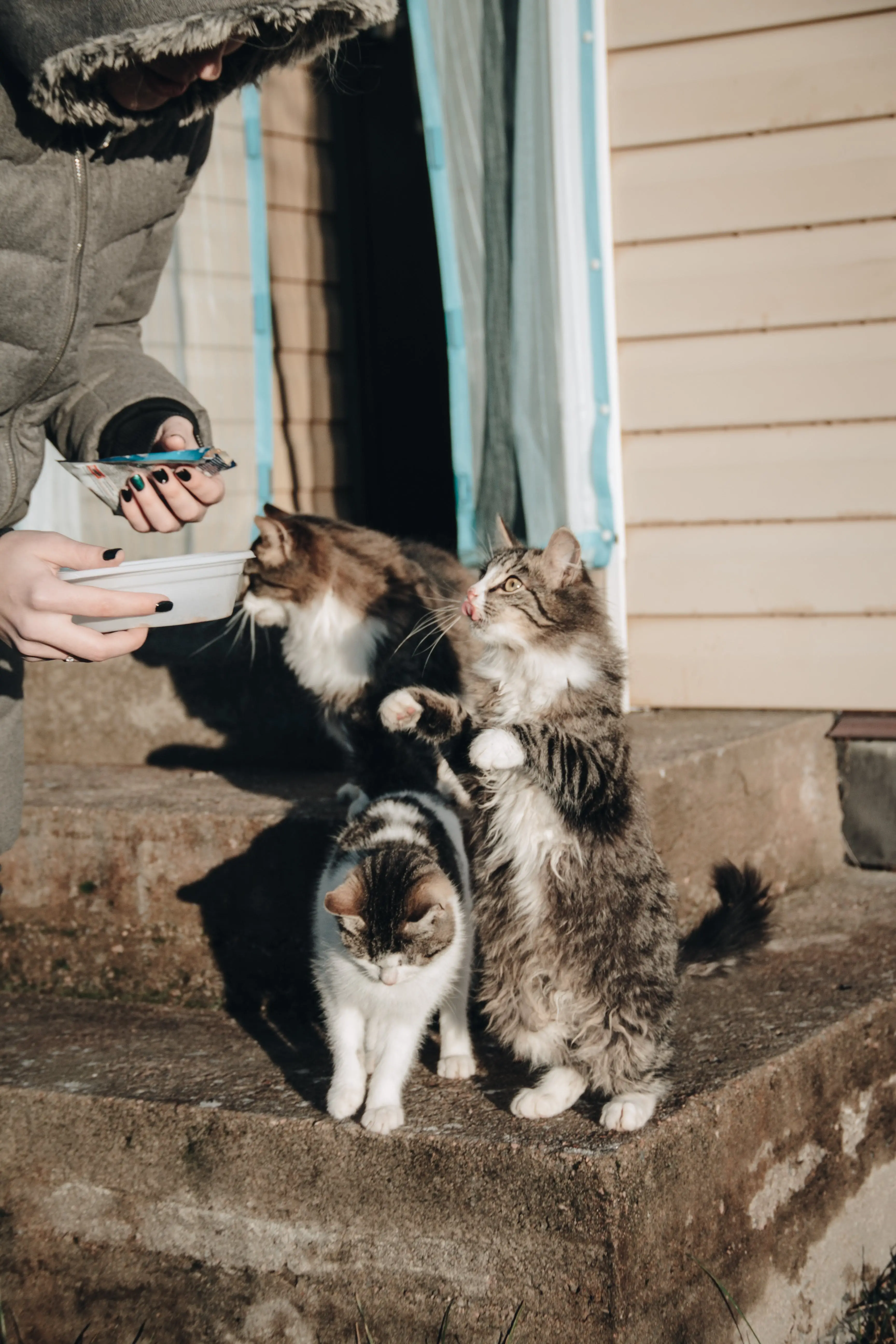- Get link
- X
- Other Apps
- Get link
- X
- Other Apps

The cheetah cat family, also known as Felidae Acinonychini, is a group of big cats primarily found in Africa and parts of Asia. This family includes the cheetah, the cougar, the jaguar, the leopard, and the lion, among other species. These majestic animals have been revered for centuries, with ancient cultures often depicting them in art and mythology.
As an expert article writer, I will delve into the world of the cheetah cat family, exploring their characteristics, behaviors, habitats, and more. So, grab a cup of tea and join me on this wild journey through the fascinating world of these magnificent felines.
The Evolution of the Cheetah Cat Family

The cheetah cat family has a rich evolutionary history, with its ancestors dating back to approximately 10 million years ago. The earliest members of this family were small, weasel-like creatures that gradually evolved into larger, more powerful predators.
One of the most distinctive features of the cheetah cat family is its retractable claws, which allow these cats to hunt and capture their prey effectively. This adaptation is believed to have evolved around 5 million years ago, giving them a competitive edge over other predators.
The Cheetah: A Unique Member of the Family
Out of all the species in the cheetah cat family, the cheetah stands out as one of the most unique. With its slender, muscular body, long legs, and spotted coat, it is unmistakable in appearance. However, what truly sets the cheetah apart is its incredible speed, capable of reaching up to 70 miles per hour in short bursts.
Unlike other big cats, the cheetah is not built for brute strength but rather for agility and speed. Its lightweight frame, coupled with its flexible spine and large lungs, allows it to achieve remarkable speeds in a matter of seconds. This makes the cheetah one of the most successful hunters in the animal kingdom.
The Other Members of the Family
While the cheetah may be the star of the show, the other members of the cheetah cat family are equally fascinating. Here's a brief overview of each species:
- Cougar: Also known as the mountain lion or puma, the cougar is the second-largest cat in the Americas after the jaguar. It is found in various habitats across North and South America, from mountains to deserts to swamps.
- Jaguar: With its distinctive rosette patterns and powerful jaws, the jaguar is the largest big cat in the Americas. It is found in tropical and subtropical regions, primarily in Central and South America.
- Leopard: Recognized by its beautiful spotted coat, the leopard is a master of camouflage and can adapt to a variety of habitats, from rainforests to savannas. It is found in Africa and parts of Asia.
- Lion: Known as the "king of the jungle," the lion is the only cat species that lives in large social groups called prides. Found in Africa and parts of India, the lion is an apex predator and plays a critical role in its ecosystem.
The Life of a Cheetah Cat Family Member

The life of a cheetah cat family member is marked by survival, competition, and adaptation. These creatures face numerous challenges throughout their lifetimes, including finding food, avoiding predators, and reproducing.
Hunting and Diet
As predatory animals, all members of the cheetah cat family share a similar diet, consisting mostly of meat. However, their hunting techniques may vary depending on their species and habitat.
For example, the cheetah is a diurnal hunter, meaning it hunts during the day. Its speed and agility enable it to chase down swift prey such as gazelles, impalas, and hares. On the other hand, the leopard is a nocturnal hunter that relies on stealth and surprise to catch its prey, which includes antelopes, monkeys, and birds.
Social Behavior
The cheetah cat family has varying social structures, with some species living solitary lives and others forming groups. The cheetah, for instance, is mostly solitary, only coming together with other cheetahs during mating season or when raising young cubs.
On the other hand, lions and leopards live in social groups, with the females often hunting together while the males defend their territory. These groups also provide protection and support for the young offspring, ensuring their survival and success.
Reproduction and Parenting
The reproductive behavior of the cheetah cat family members differs depending on their species. For example, female cheetahs are polyestrous, meaning they can mate throughout the year, while other species, such as lions, have specific breeding seasons.
After giving birth, most cheetah cat family members are responsible for caring for their young and teaching them essential skills such as hunting and survival. This process can be challenging, especially considering the many dangers these animals face in the wild.
How to Use the Cheetah Cat Family in Conservation Efforts

Unfortunately, many members of the cheetah cat family are facing extinction due to factors such as habitat loss, poaching, and human-wildlife conflict. As such, conservation efforts have become crucial in ensuring the survival of these magnificent creatures.
One way to use the cheetah cat family in conservation is by educating people about these animals and their importance in the ecosystem. Through public awareness campaigns, conservation organizations can raise funds, garner support, and promote responsible behavior towards wildlife.
Another approach is through captive breeding programs, where endangered species are bred in captivity and later released into the wild. This method has been successful in increasing the numbers of some species, such as the cheetah and the lion.
Finally, efforts to protect habitats and reduce human-wildlife conflict are also essential in conservation. By preserving natural habitats and implementing strategies to mitigate conflict, we can provide a safe environment for the cheetah cat family and other wildlife to thrive.
Examples and Comparisons with Other Animal Families

When discussing the cheetah cat family, it is impossible not to make comparisons with other animal families. For instance, the cheetah cat family is often compared to the dog family, as both have a similar body structure and hunting behavior.
However, there are significant differences between the two. While dogs are social animals that live in packs, cats prefer a more solitary lifestyle. Additionally, dogs rely on their keen sense of smell to track down prey, while cats use their speed, agility, and sharp vision to hunt.
Another family that is often compared to the cheetah cat family is the big cat family, which includes tigers, snow leopards, and clouded leopards, among others. While these animals share some physical characteristics, they belong to different taxonomic families and have distinct behaviors and adaptations.
Frequently Asked Questions about the Cheetah Cat Family
What is the average lifespan of a cheetah?
The average lifespan of a cheetah is 10-12 years in the wild and up to 20 years in captivity.
Are all members of the cheetah cat family endangered?
While some species, such as the cheetah and the lion, are classified as vulnerable or endangered, others, such as the cougar and the jaguar, are listed as least concern.
Do all cheetahs have the same spot pattern?
No, each cheetah's spot pattern is unique, similar to human fingerprints.
How do cheetahs communicate with each other?
Cheetahs use a variety of vocalizations, such as purring, growling, and chirping, to communicate with each other.
What is the difference between a leopard and a jaguar?
The main difference between a leopard and a jaguar is their habitat. Leopards are found in Africa and Asia, while jaguars are found in the Americas.
Conclusion: The Importance of Protecting the Cheetah Cat Family
In conclusion, the cheetah cat family is a diverse and fascinating group of animals that play a crucial role in the ecosystem. As an expert article writer, I have only scratched the surface of what makes these creatures so unique and worthy of admiration.
It is our responsibility as humans to protect and preserve the cheetah cat family and all other wildlife for future generations. By understanding and appreciating these animals, we can work towards coexisting peacefully and ensuring their survival for years to come. So, let's join hands and make a difference in the conservation of the magnificent cheetah cat family.
- Get link
- X
- Other Apps
family of kittens cats for families
Comments
Post a Comment